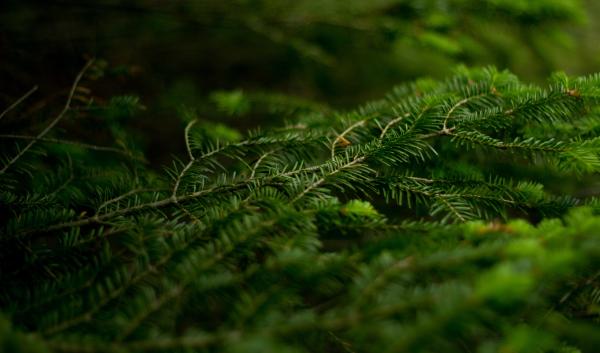Spring is here! Some of us define spring by the calendar. Others by rising air temperatures, the loss of snow and ice, buds bursting on trees, the chorus of peepers in wetlands or the return of migratory birds. For most of us in the Northeast, spring is a time of renewal.
Under a warming climate, spring is arriving earlier across the Northeast. One example comes from the Hubbard Brook Experimental Forest in New Hampshire. Here, detailed records dating back over 60 years show that the last frost and timing of snowmelt have both advanced by ~14 days, ice-out has advanced by ~ 11 days, budburst for sugar maple has advanced by ~ 6 days, and birds are breeding earlier.
In addition to the joy it brings to winter-weary northerners, the earlier arrival of spring has benefits. For example, an earlier spring, especially coupled with a later autumn, means longer growing seasons. For farmers, this means opportunities to double crop or try new crops. For forests, it means increased growth and carbon sequestration. For birds, it may mean time to raise more than one clutch of chicks and for mammals, more time to nurture their young.
Earlier springs, especially when coupled with late frosts, can mean trouble for plants and animals.
For example, earlier emergence from winter dormancy may cause plants to lose their tolerance for later cold spells (which they might have otherwise tolerated). Earlier budbreak followed by a hard frost may cause plants to lose leaves and flowers, reducing later season productivity and their ability to reproduce. Earlier return of migratory birds may not be synchronized with the food sources they expect to find on their arrival. And earlier nesting followed by extreme cold may cause birds to lose their first clutch of nestlings.
Some consequences of an earlier spring are easy to see like earlier flowering. Others are more difficult.
Consider the warming up of soils. As air temperatures warm above freezing in the early spring, the loss of snowpack in the forest is tightly coupled to an increase in soil temperature. This can cause soil temperatures to jump from slightly above freezing (32oF), where they have been most of the winter, to 40oF or warmer in just a day! This belowground “spring trigger” tells the soil microbes and tree roots to “wake up”, start increasing their biological activity and prepare for spring! Studies have shown that this ‘trigger’ is occurring more than 14 days earlier than it did 50 years ago in parts of the Northeast. Scientists at the Hubbard Brook Experimental Forest in New Hampshire are now studying the effects of changes in the timing of the spring trigger by shoveling 50% of the snowpack off of one set of forested plots and onto another in the late winter. This causes snow to melt and temperatures to warm earlier in the snow-off plots compared to the snow-on plots.
Another hard-to-see consequence of earlier springs are changes in the availability of plant nutrients.
As spring is arriving earlier - and autumns later - the growing season is getting longer, allowing for increased tree growth. Increased tree growth is good for land owners and for the planet as it sequesters more carbon, which can mitigate (or reduce) the impacts of climate change. However, because the carbon in wood has to be balanced by specific ratios of other nutrients, like nitrogen and phosphorus, any increase in tree growth may lock up these nutrients in wood. This, in turn, makes them unavailable for other organisms, which need them to survive. A decline in the availability of the key plant nutrient, nitrogen, has been documented at the Hubbard Brook Experimental Forest, NH as well as globally.
As we all enjoy the arrival of spring, it is important to understand the direct and indirect impacts of changes in the seasons in order to wisely care for the managed and unmanaged ecosystems of the northeast.
April 2022




